Filter by
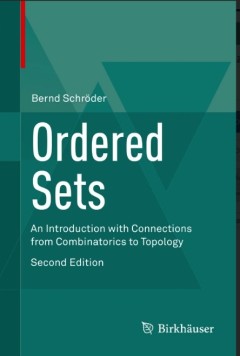
Ordered Sets : An Introduction with Connections from Combinatorics to Topology
The second edition of this highly praised textbook provides an expanded introduction to the theory of ordered sets and its connections to various subjects. Utilizing a modular presentation, the core material is purposely kept brief, allowing for the benefits of a broad exposure to the subject without the risk of overloading the reader with too much information all at once. The remaining chapt…
- Edition
- -
- ISBN/ISSN
- 978-3-319-29788-0
- Collation
- -
- Series Title
- -
- Call Number
- 511.6 SCH o
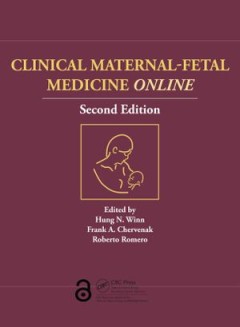
Clinical Maternal-Fetal Medicine
This is a comprehensive, one-stop online book relating to all areas of pregnancy and birth. The second edition of this easily searchable guide is edited by eminent experts in the field and includes new contributions from international authors. It will be an ideal reference for Maternal-Fetal Specialists and Generalists wanting an authoritative answer on any point.
- Edition
- -
- ISBN/ISSN
- 1000533735, 9781000533736
- Collation
- -
- Series Title
- -
- Call Number
- -
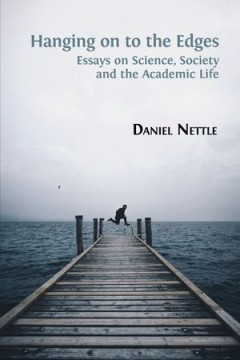
Hanging on to the Edges
What does it mean to be a scientist working today; specifically, a scientist whose subject matter is human life? Scientists often overstate their claim to certainty, sorting the world into categorical distinctions that obstruct rather than clarify its complexities. In this book Daniel Nettle urges the reader to unpick such distinctions—biological versus social sciences, mind versus body, and …
- Edition
- -
- ISBN/ISSN
- 9781783745821
- Collation
- -
- Series Title
- -
- Call Number
- -
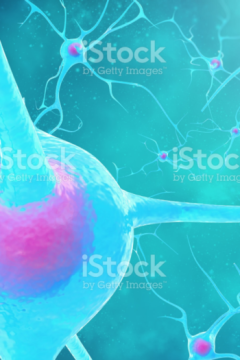
KINES 531: Neural Control of Movement
This book is a cloned version of KINES 200: Introductory Neuroscience by Peter L.E. van Kan, Ph.D., published using Pressbooks under a CC BY (Attribution) license. It may differ from the original.
- Edition
- -
- ISBN/ISSN
- -
- Collation
- -
- Series Title
- -
- Call Number
- 611 KAN k
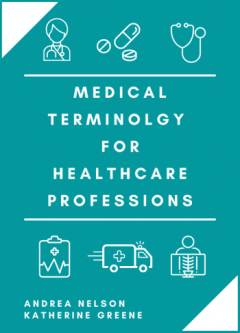
Medical Terminology for Healthcare Professions
Overview: Medical Terminology for Healthcare Professions is an Open Educational Resource (OER) that focuses on breaking down, pronouncing, and learning the meaning of medical terms within the context of anatomy and physiology. This resource is targeted for Healthcare Administration, Health Sciences, and Pre-Professional students.
- Edition
- -
- ISBN/ISSN
- -
- Collation
- -
- Series Title
- -
- Call Number
- 613 NEL m
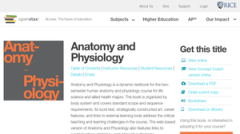
Anatomy and Physiology
Overview: Anatomy and Physiology is a dynamic textbook for the two-semester human anatomy and physiology course for life science and allied health majors. The book is organized by body system and covers standard scope and sequence requirements. Its lucid text, strategically constructed art, career features, and links to external learning tools address the critical teaching and learning challeng…
- Edition
- -
- ISBN/ISSN
- -
- Collation
- -
- Series Title
- -
- Call Number
- 571.3

Anatomy & Physiology
Welcome to Human Anatomy and Physiology, an OpenStax College resource. We created this textbook with several goals in mind: accessibility, customization, and student engagement—helping students reach high levels of academic scholarship. Instructors and students alike will find that this textbook offers a thorough introduction to the content in an accessible format.
- Edition
- -
- ISBN/ISSN
- -
- Collation
- -
- Series Title
- -
- Call Number
- 611
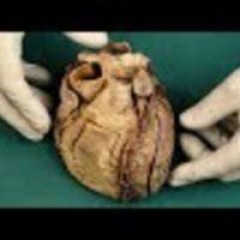
Middle Mediastinum and Heart - Anatomy and Dissection Guide
The anatomy shown in this video is based off of the UBC MEDD 411 gross anatomy checklist.
- Edition
- -
- ISBN/ISSN
- -
- Collation
- -
- Series Title
- -
- Call Number
- 611
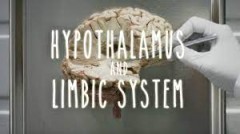
Hypothalamus and Limbic System - UBC Neuroanatomy - Season 1 - Ep 4
The hypothalamus is a small part of the brain located just below the thalamus on both sides of the third ventricle. (The ventricles are areas within the cerebrum that are filled with cerebrospinal fluid, and connect to the fluid in the spine.) It sits just inside the two tracts of the optic nerve, and just above (and intimately connected with) the pituitary gland.
- Edition
- -
- ISBN/ISSN
- -
- Collation
- -
- Series Title
- -
- Call Number
- 611
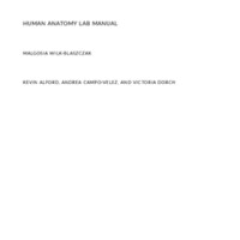
Human Anatomy Lab Manual
This is a lab manual for a college-level human anatomy course. Mastery of anatomy requires a fair amount of memorization and recall skills. The activities in this manual encourage students to engage with new vocabulary in many ways, including grouping key terms, matching terms to structures, recalling definitions, and written exercises. Most of the activities in this manual utilize anatomical m…
- Edition
- -
- ISBN/ISSN
- -
- Collation
- -
- Series Title
- -
- Call Number
- 611
 Computer Science, Information & General Works
Computer Science, Information & General Works  Philosophy & Psychology
Philosophy & Psychology  Religion
Religion  Social Sciences
Social Sciences  Language
Language  Pure Science
Pure Science  Applied Sciences
Applied Sciences  Art & Recreation
Art & Recreation  Literature
Literature  History & Geography
History & Geography